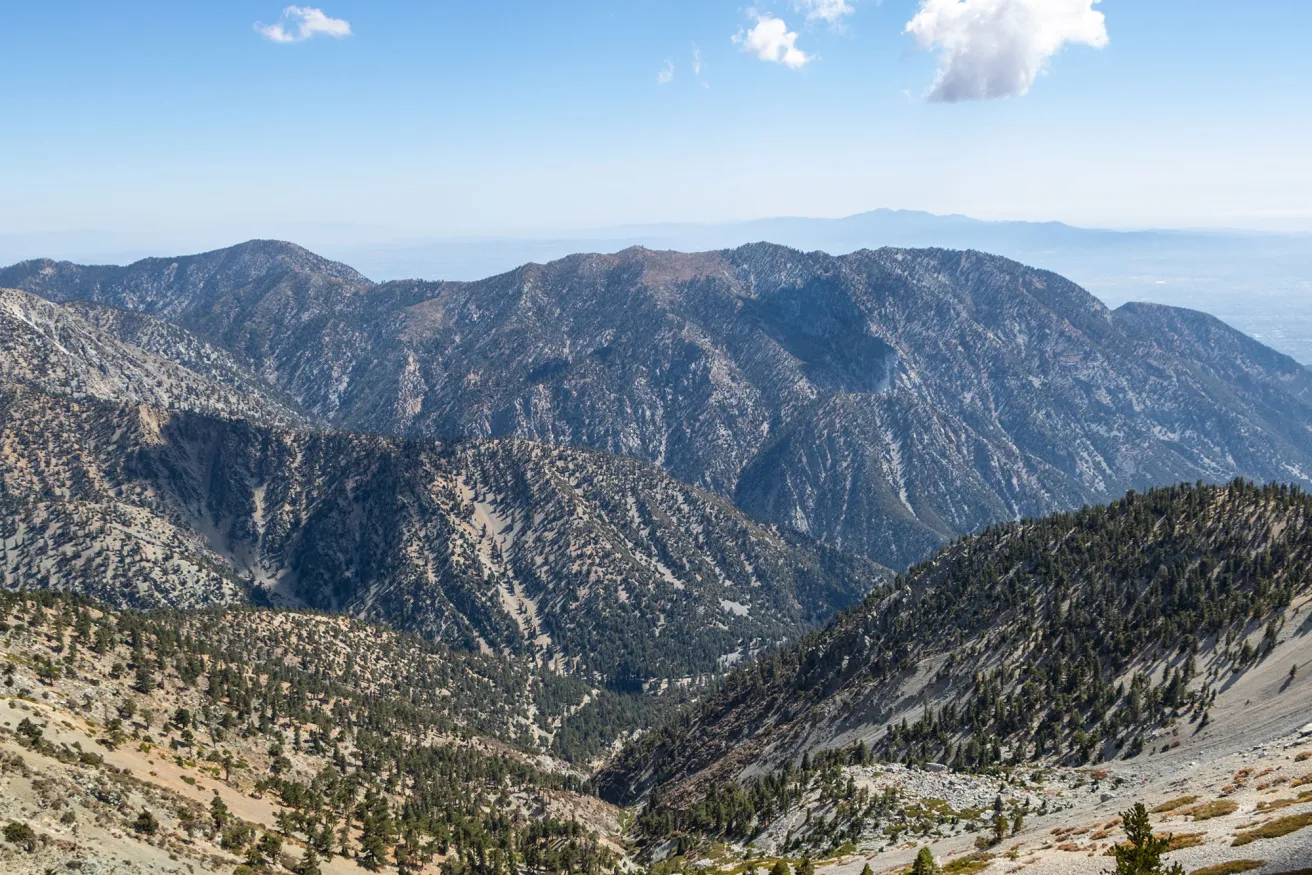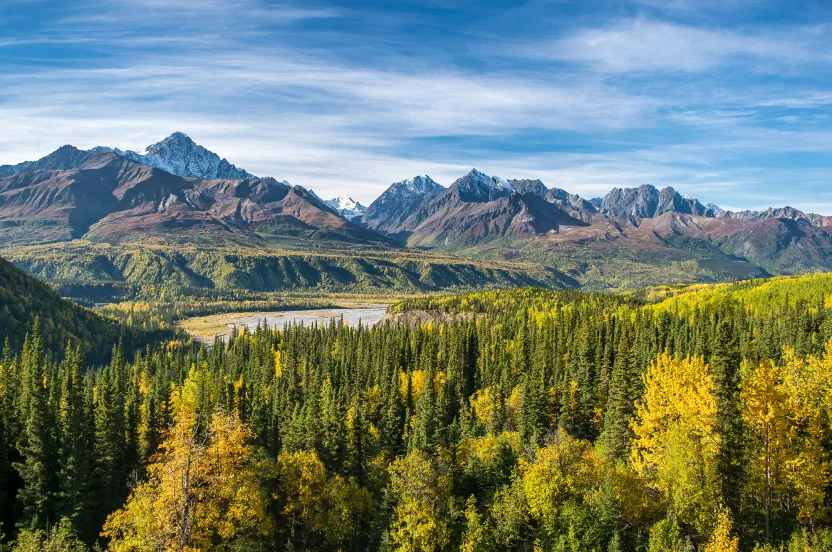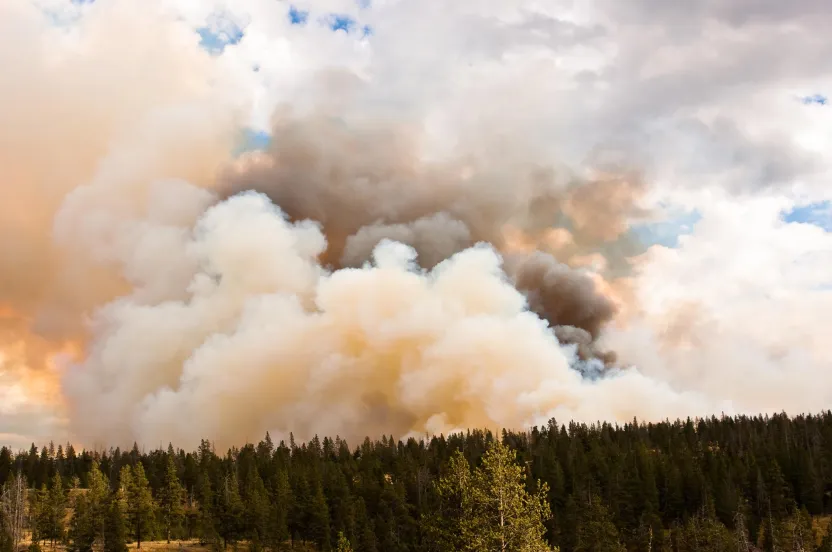Celebrate mom with a lasting tribute this Mother’s Day. PLANT TREES
The Incredible Relationship Between Trees and Water
For a healthy water supply, look to our world’s forests.
July 14, 2023

When half of all Americans pour themselves a glass of tap water, they may not realize it's already been run through the country's largest water filter — a forest.
Healthy forests are critical to maintaining a healthy water supply. In fact, forests provide drinking water to more than 150 million people in the United States. They’re also the source of 75% of the world’s freshwater.
That’s why planting more trees, across watersheds worldwide, is so important for our future.
How do trees support water?
Tree roots hold the soil around them in place. When it rains, this means the ground is less likely to erode and leak sediment into nearby waterways. Instead, precipitation slows down and absorbs into the soil, naturally recharging aquifers deep in the Earth. Pollutants like nitrates, phosphates, and pesticides are all filtered out during this process.
Filtering water at the source helps keep people and wildlife healthy. It also carries immense economic value for communities. In the late 1990s, for example, New York City spent $1.5 billion on a forest protection program in the Catskills to fortify its water supply. As a result, the city has some of the cleanest drinking water in the country, with only 10% needing to pass through a filtration system. Building a water filtration plant would have cost the city upwards of $8 billion.
Trees also store and release water vapor through their leaves, promoting healthy rainfall patterns. When large swaths of forest are lost, areas thousands of miles away can experience drought and other devastating climate effects.
The power of trees in the drought-stricken west
Few regions are struggling more with water supply than the American West. Persistent drought brought on by climate change has dried up major waterways, including Lake Powell, Lake Mead, and the Colorado River. These conditions are sparking historic wildfires. And as more trees are lost, the problem worsens.
The largest city on the West Coast, Los Angeles, heavily relies on trees for its water supply. The metropolitan area is tucked right next to Angeles National Forest, a 700,000-acre wilderness area. Roughly 30% of residents’ drinking water originates in this mountainous region.
The forest is home to the big cone Douglasfir, an endangered species of tree that grows only in a 135-mile stretch of southern California. The trees can grow up to 100 feet tall and live an average of 250 years. Their defining trait is their large cones, measuring four to seven inches long with large, thick scales.
The forest also serves as a welcome escape for nearby residents. It receives three to four million visitors each year, who flock to the mountains for hiking, camping, fishing, and more.
In 2016, the Sand Fire swept through Angeles National Forest. The fire burned more than 40,000 acres of land. Many of the trees were burned severely, making reforestation a vital next step.
The Arbor Day Foundation is proud to have supported the planting of 60,000 big cone Douglasfirs across this watershed. Reintroducing these native trees will not only replenish its water supply, but also provide critical habitat to the California condor, spotted owl, bighorn sheep, black bear, and other small animals. And it will bring back a beautiful recreation area for future generations of Californians to enjoy.
A role we can all appreciate
The next time you run your dishwasher, do a load of laundry, or fill up your water bottle, take a moment to think about how trees have helped you — and how you can help them in return.


